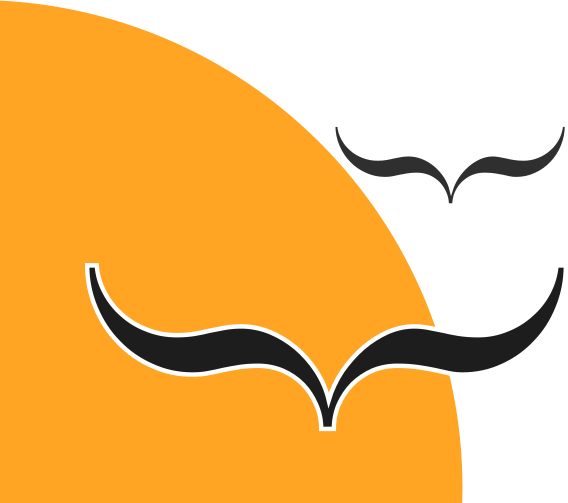This consultation is part of a broader review of the 1993 EU Satellite and Cable Directive, one of the 16 initiatives announced in the Commission’s plan for the Digital Single Market. In particular, the Commission aims to enhance cross border access to broadcasting and related online services across the EU. Removing barriers in the Digital Single Market will reward creation, and strengthen Europe’s creative and broadcasting sector, while giving consumers access to a wider variety of works, especially across borders.
The Satellite and Cable Directive facilitates the clearing of copyright and related rights for satellite broadcasting and cable retransmission in order to improve the cross-border transmission and reception of broadcasting services.
Specifically, the Directive outlines how and where copyright and related rights should be acquired:
- For satellite, rights are acquired for the EU country where, under the control and responsibility of the broadcasting organisation, the uplink (which sends the programme signal to the satellite for its communication to the public) takes place. Under this “country of origin” principle, rights cleared in one country allow the broadcasting organisations to broadcast to the whole of the EU. In determining the licence fees, parties should take into account the actual and potential audience including, if relevant, the audience located outside of the uplink country
- For cable retransmission, operators who want to include broadcasts from other countries in the packages which they offer to customers, have to obtain the rights through collective management organisations or broadcasters. To facilitate the acquisition of these rights by cable operators, the Directive obliges authors, producers and performers to exercise their exclusive rights through a collective management organisation. However, broadcasters can licence directly to cable operators their own rights or the rights that have been transferred to them (see IP/93/803).
Why a review?
More than two decades since the Satellite and Cable Directive came into force, Europe’s broadcasting landscape has changed dramatically. Digital technologies and the Internet mean that we have access to more content and channels, including on-demand, from more providers, and not just from the TV or radio sets, but also from our phones, tablets and other smart devices. Today, many broadcasters make programmes available on-line, for example through catch-up TV, and new forms of transmission (e.g. webcasting) or retransmission (e.g. simulcasting).
The Commission wants to assess, first, to what extent the Satellite and Cable Directive has improved consumers’ cross-border access to broadcasting services in the Internal Market, and, also, what would be the impact of extending the Directive to TV and radio programmes provided over the Internet, notably broadcasters’ online services.
The Commission is interested in hearing from consumers, public authorities, broadcasters, authors, audio-visual and record producers, performers, collective management organisations, satellite and cable operators, internet and online service providers and any other interested stakeholder in the consultation which is open until 16th November.
In parallel, the Commission is conducting a study to assess the functioning and relevance of the Directive as well as the legal and economic aspects of the evolving broadcasting landscape. The study will feed into the review. The results of the study will be made public in spring 2016.
In a related consultation on the Audio-visual Media Services Directive (AVMSD), and which runs until 30th September, the Commission is asking how to make Europe’s audiovisual media landscape fit for purpose in the digital age. The AVMSD underpins the principle of the freedom to transmit and receive television broadcasts or on-demand services across the EU.
Background
The last specific review of the Satellite and Cable Directive took place in 2002. It pointed to the difficulties encountered by people when trying to access satellite TV on a cross-border basis, but concluded that it was too early to determine whether to extend the scope of the Directive. More recently, there have been two public consultations relevant for, but not focusing specifically on, this Directive:
- In July 2011, the Commission issued a Green Paper on the online distribution of audiovisual works, seeking views on various aspects of online distribution of audiovisual works such as films, documentaries or TV dramas, including as regards rights clearance for their online transmission and retransmission.
- In December 2013, the public consultation on the review of the EU copyright rules invited stakeholders to share their views on a wide range of issues, including the territorial scope of the rights involved in digital transmissions and the segmentation of the market through licensing agreements. Some of the questions in the public consultation addressed specifically problems with the provision of and access to online services across borders
The review of the Satellite and Cable Directive is linked to the Commission’s plans to modernise EU copyright rules as set out in the plan for the Digital Single Market.
—
Source: https://ec.europa.eu/


